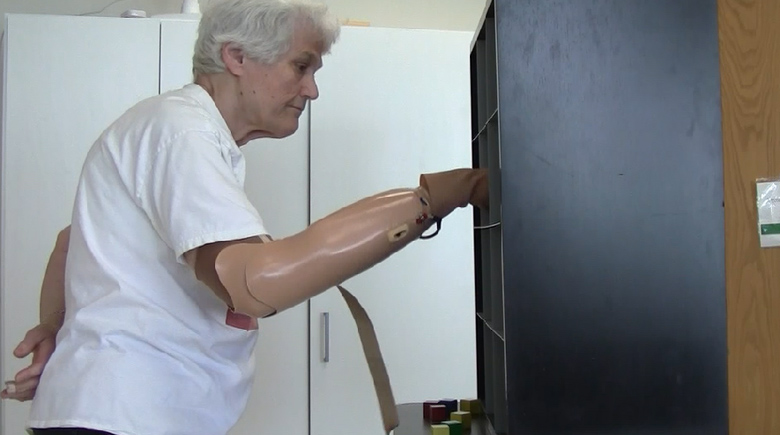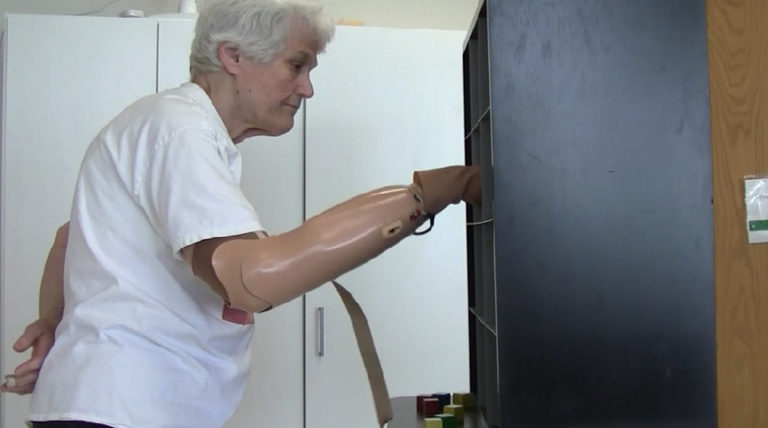
With existing conventional prosthesis control (direct control), individuals with a transradial amputation use two opposing muscle groups to control each prosthesis motor. As component complexity increases, subjects must switch the prosthesis into different modes to control each component in sequence. Pattern recognition control offers the ability to control multiple movements in a seamless manner without switching. In this paper, three individuals with a transradial amputation completed a home trial to compare direct control and pattern recognition control of a multiple degree-of-freedom prosthesis. Outcome measures before and after the home trial, together with subject questionnaires, were used to evaluate functional control. Although small, this trial has implications for the implementation of pattern recognition in commercial control systems and for future research studies.

